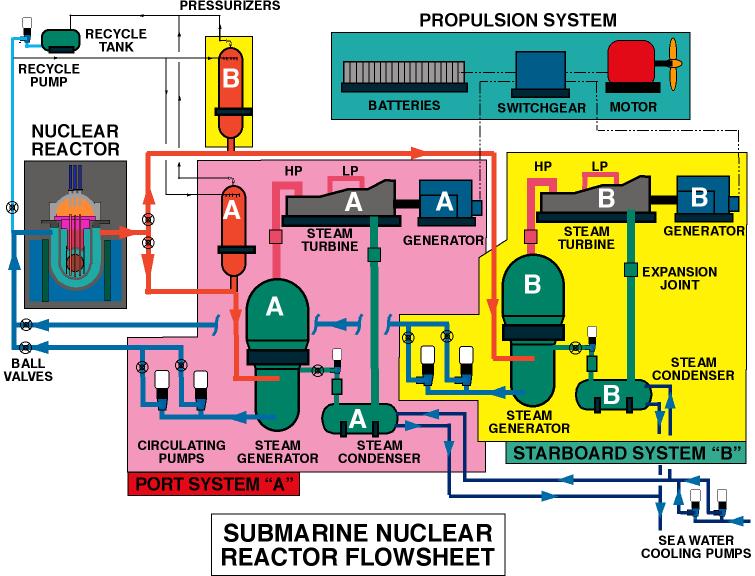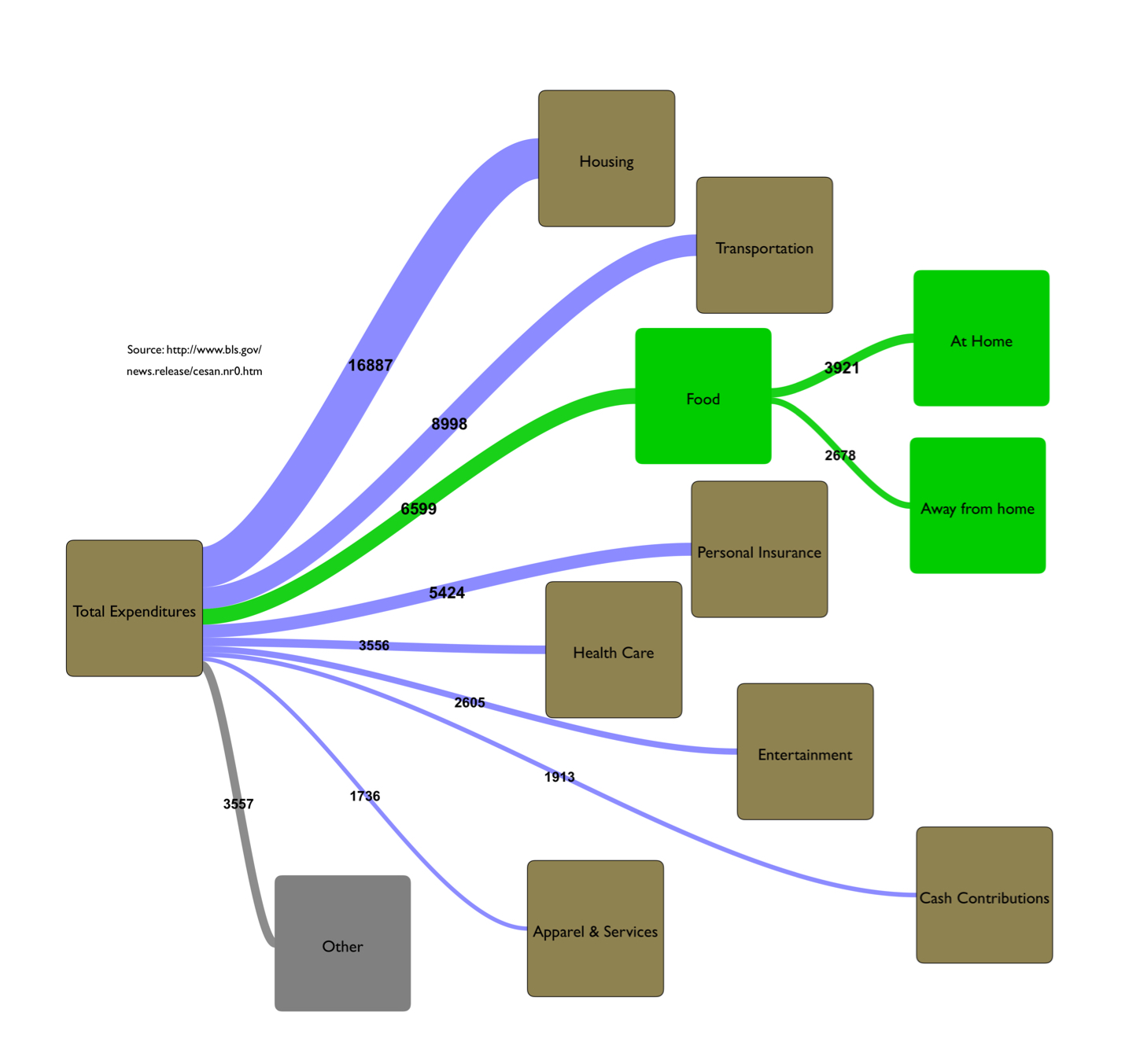Flow diagram on:
[Wikipedia]
[Google]
[Amazon]
 Flow diagram is a collective term for a
Flow diagram is a collective term for a
 In theory and practice specific types of diagrams are also called a type of flow diagrams, such as:
*
In theory and practice specific types of diagrams are also called a type of flow diagrams, such as:
*
 Flow diagram is a collective term for a
Flow diagram is a collective term for a diagram
A diagram is a symbolic representation of information using visualization techniques. Diagrams have been used since prehistoric times on walls of caves, but became more prevalent during the Enlightenment. Sometimes, the technique uses a three- ...
representing a flow or set of dynamic relationships in a system. The term flow diagram is also used as a synonym for flowchart
A flowchart is a type of diagram that represents a workflow or process. A flowchart can also be defined as a diagrammatic representation of an algorithm, a step-by-step approach to solving a task.
The flowchart shows the steps as boxes of va ...
, and sometimes as a counterpart of the flowchart.Harris. (1999, p. 156)
Flow diagrams are used to structure and order a complex system
A complex system is a system composed of many components which may interact with each other. Examples of complex systems are Earth's global climate, organisms, the human brain, infrastructure such as power grid, transportation or communication ...
, or to reveal the underlying structure of the elements and their interaction.
Overview
The term flow diagram is used in theory and practice in different meanings. Most commonly the flow chart and flow diagram are used in an interchangeable way in the meaning of a representation of a process. For example the ''Information Graphics: A Comprehensive Illustrated Reference'' by Harris (1999) gives two separate definitions: :''Flow chart or flow diagram... is a diagram that visually displays interrelated information such as events, steps in a process, functions, etc., in an organized fashion, such as sequentially or chronologically.'' :''Flow diagram sa graphic representation of the physical route or flow of people, materials, paperworks, vehicles, or communication associated with a process, procedure plan, or investigation.''Harris. (1999, p. 156) In the second definition the meaning is limited to the representation of the physical route or flow. An example of such a diagram is the illustration of the flows in a nuclearsubmarine
A submarine (or sub) is a watercraft capable of independent operation underwater. It differs from a submersible, which has more limited underwater capability. The term is also sometimes used historically or colloquially to refer to remotely op ...
propulsion system
Propulsion is the generation of force by any combination of pushing or pulling to modify the translational motion of an object, which is typically a rigid body (or an articulated rigid body) but may also concern a fluid. The term is derived from ...
, which shows different streams back and forth in the system. The representation of such a system can be supplemented by one or more flowcharts, which show the sequence of one of the flows in one direction, or any of the control flows to manage the system.
The physical movement of objects from one location to another can also be visualized in a mix of maps and flowchart or sankey diagram
Sankey diagrams are a type of flow diagram in which the width of the arrows is proportional to the flow rate.
Sankey diagrams can also visualize the energy accounts, material flow accounts on a regional or national level, and cost breakdowns. ...
, which are called flow map
A flow map is a type of thematic map that uses linear symbols to represent movement. It may thus be considered a hybrid of a map and a flow diagram. The movement being mapped may be that of anything, including people, highway traffic, trade goods ...
s. Flow maps can indicate on a map
A map is a symbolic depiction emphasizing relationships between elements of some space, such as objects, regions, or themes.
Many maps are static, fixed to paper or some other durable medium, while others are dynamic or interactive. Although ...
, what flows, moves or migrates, in which direction, and in which quantities etc.Harris. (1999, p. 157)
Specific types of flow diagrams
 In theory and practice specific types of diagrams are also called a type of flow diagrams, such as:
*
In theory and practice specific types of diagrams are also called a type of flow diagrams, such as:
* Alluvial diagram
Alluvial diagrams are a type of flow diagram originally developed to represent changes in network structure over time.
In allusion to both their visual appearance and their emphasis on flow, alluvial diagrams are named after alluvial fans that ar ...
, highlights and summarizes the significant structural changes in networks
* Circular flow of income
The circular flow of income or circular flow is a model of the economy in which the major exchanges are represented as flows of money, goods and services, etc. between economic agents. The flows of money and goods exchanged in a closed circuit ...
* Control flow diagram
A control-flow diagram (CFD) is a diagram to describe the control flow of a business process, process or review.
Control-flow diagrams were developed in the 1950s, and are widely used in multiple engineering disciplines. They are one of the cla ...
, a diagram to describe the control flow of a business process, process or program
* Cumulative flow diagram, a tool used in queuing theory.
* Functional flow block diagram
A functional flow block diagram (FFBD) is a multi-tier, time-sequenced, step-by-step flow diagram of a system’s functional flow. The term "functional" in this context is different from its use in functional programming or in mathematics, where p ...
, in systems engineering
* Data flow diagram
A data-flow diagram is a way of representing a flow of data through a process or a system (usually an information system). The DFD also provides information about the outputs and inputs of each entity and the process itself. A data-flow diagram ha ...
, a graphical representation of the flow of data through an information system
* Dynamic stock and flow diagram
* Information flow diagram
An information flow diagram (IFD) is a diagram that shows how information is communicated (or "flows") from a ''source'' to a ''receiver'' or ''target'' (e.g. A→C), through some medium. The medium acts as a bridge, a means of transmitting the i ...
, an illustration of information flow throughout an organisation.
* Process flow diagram, in Operations, a graphical representation of a process
* Product flow diagram
The product flow diagram (PFD) is a representation of the order by which a sequence of products is created according to product-based planning principles. It is related to the product breakdown structure (PBS).
The product flow diagram is a presc ...
(PFD), a graphical representation of the order by which a sequence of products is created according to Product based planning principles.
* A form of rap notation known as "flow diagram".
* Sankey diagram
Sankey diagrams are a type of flow diagram in which the width of the arrows is proportional to the flow rate.
Sankey diagrams can also visualize the energy accounts, material flow accounts on a regional or national level, and cost breakdowns. ...
, where line width represents magnitude
* Signal-flow graph
A signal-flow graph or signal-flowgraph (SFG), invented by Claude Shannon, but often called a Mason graph after Samuel Jefferson Mason who coined the term, is a specialized flow graph, a directed graph in which nodes represent system variables, ...
, in mathematics, a graphical means of showing the relations among the variables of a set of linear algebraic relations
* State diagram
A state diagram is a type of diagram used in computer science and related fields to describe the behavior of systems. State diagrams require that the system described is composed of a finite number of states; sometimes, this is indeed the case, ...
, a representation of a finite state machine
See also
*Flow graph (disambiguation)
Flow graph may refer to:
* Flow or rooted graph (graph theory), a graph in which a vertex has been distinguished as the root
* Control-flow graph (computer science), a representation of paths through a program during its execution
* Flow graph (ma ...
* Function model In systems engineering, software engineering, and computer science, a function model or functional model is a structured representation of the functions ( activities, actions, processes, operations) within the modeled system or subject area.
* Visual programming language
In computing, a visual programming language (visual programming system, VPL, or, VPS) is any programming language that lets users create programs by manipulating program elements ''graphically'' rather than by specifying them ''textually''. A VP ...
References
{{reflist, 2 Diagrams